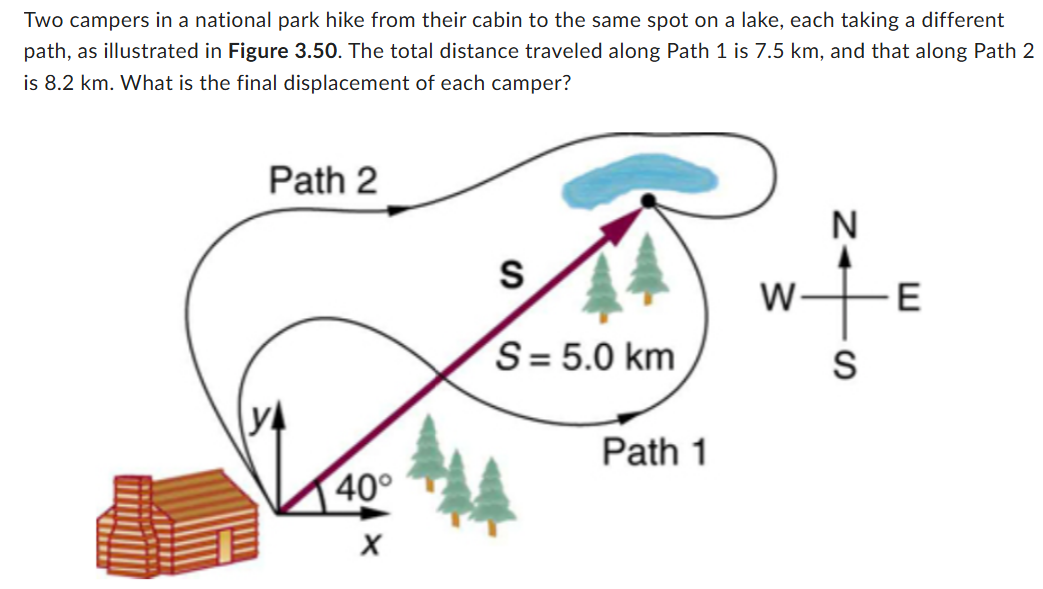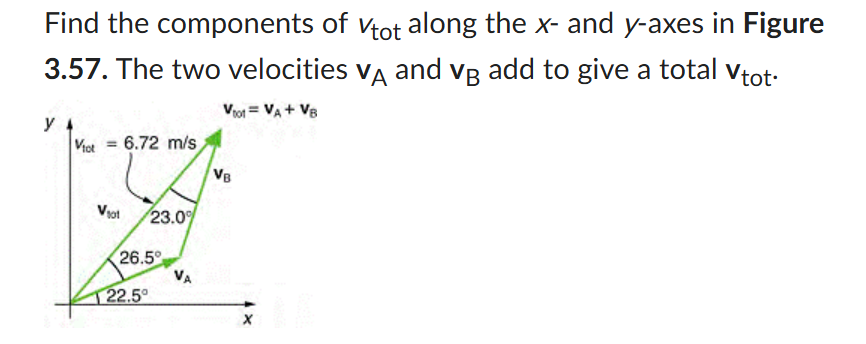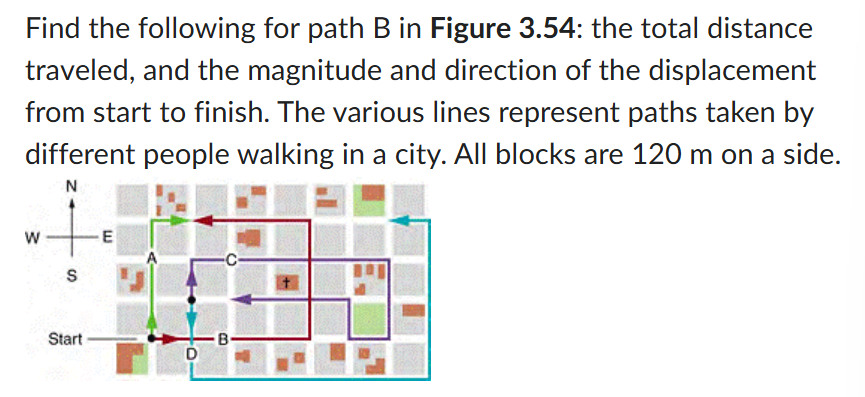Physics Module 4
1/14
There's no tags or description
Looks like no tags are added yet.
Name | Mastery | Learn | Test | Matching | Spaced |
|---|
No study sessions yet.
15 Terms
180 degrees, 0
Suppose you add two vectors A and B . What relative direction between them produces the resultant with the smallest magnitude? What is the minimum magnitude?
Yes, if the horizontal velocity of the ball is exactly opposite of the horizontal velocity of the truck
If someone is riding in the back of a pickup truck and throws a softball straight backward, is it possible for the ball to fall straight down as viewed by a person standing at the side of the road? Under what condition would this occur?
No
For projectile motion on level ground assuming negligible air resistance (the initial angle being neither 0o nor 90o): Is the acceleration ever zero?
5.0 km and 5.0 km

A and B are equal in magnitude and opposite in direction
Suppose you take two steps A and B (that is, two nonzero displacements). Under what circumstances can you end up at your starting point? More generally, under what circumstances can two nonzero vectors add to give zero?
Acceleration of gravity
Which of the following is a vector: a person’s height, age of the earth, cost of this book, acceleration of gravity
No
For projectile motion on level ground assuming negligible air resistance (the initial angle being neither 0o nor 90o): Is the velocity ever zero?
4.41 m/s and 5.07 m/s

26.6 m, 65.1 degrees N of E
Suppose you first walk 12.0 m in a direction 20owest of north and then 20.0 m in a direction 40.0onorth of east. How far are you from your starting point, and what is the compass direction of a line connecting your starting point to your final position? (If you represent the two legs of the walk as vector displacements A and B , then this problem asks you to find their sum R = A + B . The two displacements A and B add to give a total displacement R having magnitude R and direction in degrees.
1.94 km and 7.24 km
You drive 7.50 km in a straight line in a direction 15o east of north. Find the distances you would have to drive straight east and then straight north to arrive at the same point. (This determination is equivalent to find the components of the displacement along the east and north directions.)
3.21 km N and 3.83 km E

20 m/s and 2.45s
A ball is kicked with an initial velocity of 16 m/s in the horizontal direction and 12 m/s in the vertical direction. At what speed does the ball hit the ground? For how long does the ball remain in the air?
1.20 km and 379 m, 71.6 degrees N of E

129.9 m and 30.9 m
A projectile is launched at ground level with an initial speed of 50.0 m/s at an angle of 30.0o above the horizontal. It strikes a target above the ground 3.00 seconds later. What are the x and y distances from where the projectile was launched to where it lands?
9.21
The world long jump record is 8.95 m (Mike Powell, USA, 1991). Treated as a projectile, what is the maximum range (in m) obtainable by a person if he has a take-off speed of 9.50 m/s?